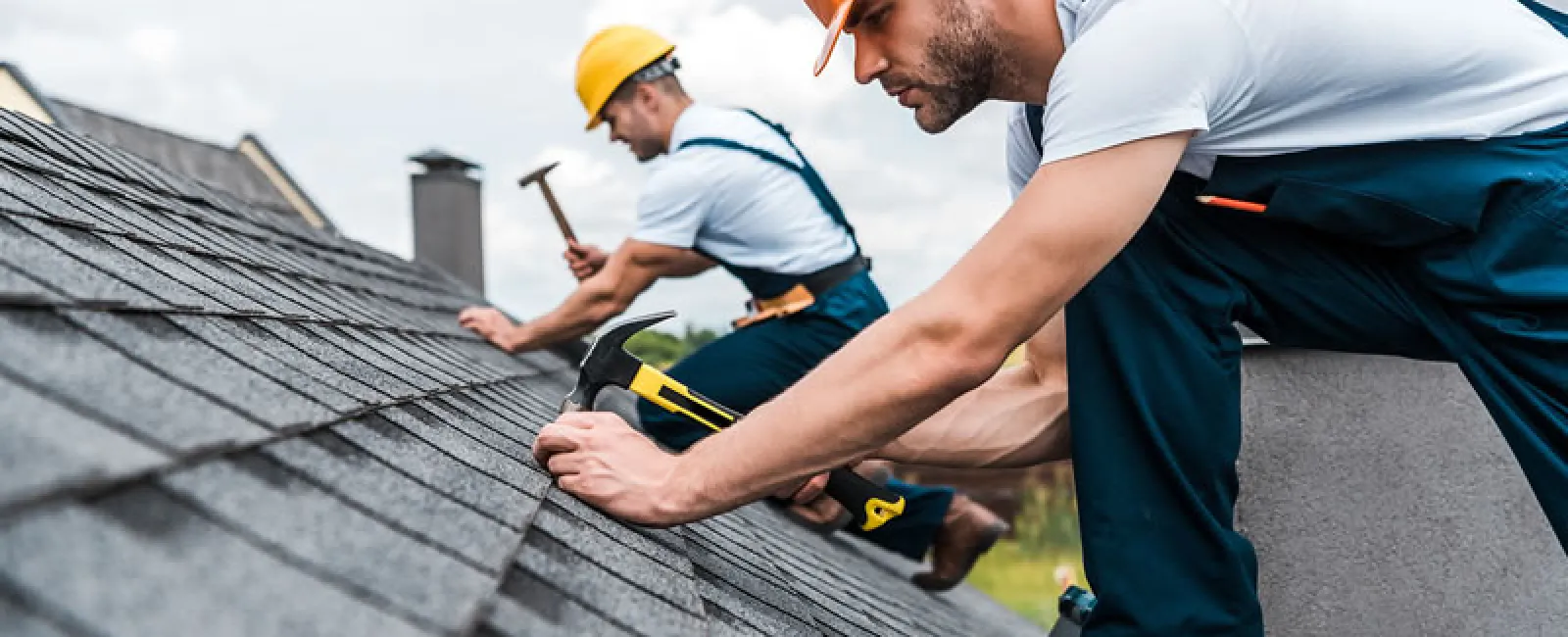Two roof repair or renovation options exist for updating or fixing your roof: roof overlay or tear-off installation. Both solutions have their benefits and drawbacks. Selecting the ideal choice depends on factors like budget constraints and long-term goals. FGA Roofing knows that understanding their differences will enable you to make an informed decision.

What Is Roof Overlay?
A roof overlay involves installing new shingles directly over existing ones without completely tearing off and disposing of your old roof, meaning no excavation work needs to be completed. Roofers commonly recommend this approach if your existing roof is in good condition but needs updating. Labor requirements for installation tend to be reduced significantly as fewer materials need to be purchased to construct an overlay, which also significantly decreases compared to removal methods. It should be noted that an overlay cannot be performed if more than two layers exist due to additional weight constraints within building codes, which prohibit more than two layers due to extra weight issues when applying extra weight constraints on top.
Advantages of Roof Overlays
One significant benefit of roof overlays is cost. As they don't involve stripping away old shingles and disposal fees, labor savings and disposal fees are significantly reduced, providing financial relief if you're on a tight budget. Also, these projects tend to get done more quickly, which means less disruption of daily life, and they can offer effective repairs for minor roofing damage issues.
Downsides of Roof Overlays
A roof overlay may only sometimes provide its full benefits. One significant drawback of having an overlay installed is worsening leaks or rot, leading to future costly repairs. Furthermore, an overlay may make your roof appear bulkier and uneven. Furthermore, if your area experiences heavy snowfall, it might cause added weight issues that a roofing company would advise against and compromise its aesthetic qualities.
What Is Tear-Off Installation?
A tear-off installation entails taking the extreme measure of completely stripping your existing roof down to its deck before installing new shingles, often known as tear-off installation. While more laborious and costly than its counterpart, tear-off installations provide several distinct advantages over their counterpart. One such advantage is enabling roofing contractors to examine your underlying structures for any signs of wear, such as rotted wood or leaks, then repair them before proceeding with their work on installing your new shingles, prolonging their lifetime and preventing future issues down the line.
Advantages of Tear-Off Installation
Tear-off installations renew your home, providing new materials without hidden issues from its previous roof. Your roof should also look smoother and uniform, which could enhance curb appeal. Some manufacturers offer superior warranties when new roofs are installed in this manner.
Downsides of Tear-Off Installation
The primary drawback of a tear-off installation is its cost. Since it requires additional labor and materials, the budget is higher for this project type. Furthermore, due to the longer process duration, you might experience construction noise for several days or weeks while work progresses. However, many homeowners find long-term benefits worth their initial investments in increased home equity and safety.
Finding the Right Solution
Before selecting between roof overlay or tear-off installation options, evaluating their current state, your budget, and your long-term plans is essential. Consulting a trusted roofing company will allow you to weigh the pros and cons of each option while they conduct an inspection and give advice as to which course of action would work best in your specific case.
FGA Roofing
A roof overlay can be economical and quick when your roof is in good condition but requires minor repair. It saves on labor and materials costs and is popular among budget-minded consumers. However, there might be better approaches than this, depending on underlying issues.
Tear-off installations provide more comprehensive and long-term solutions. They enable a thorough inspection and repair of the roof's structure, ensuring any hidden problems are taken care of and providing a more durable roof. While more expensive and time-consuming initially, tear-off installation investments often pay dividends over time with more robust, visually appealing roofs.
